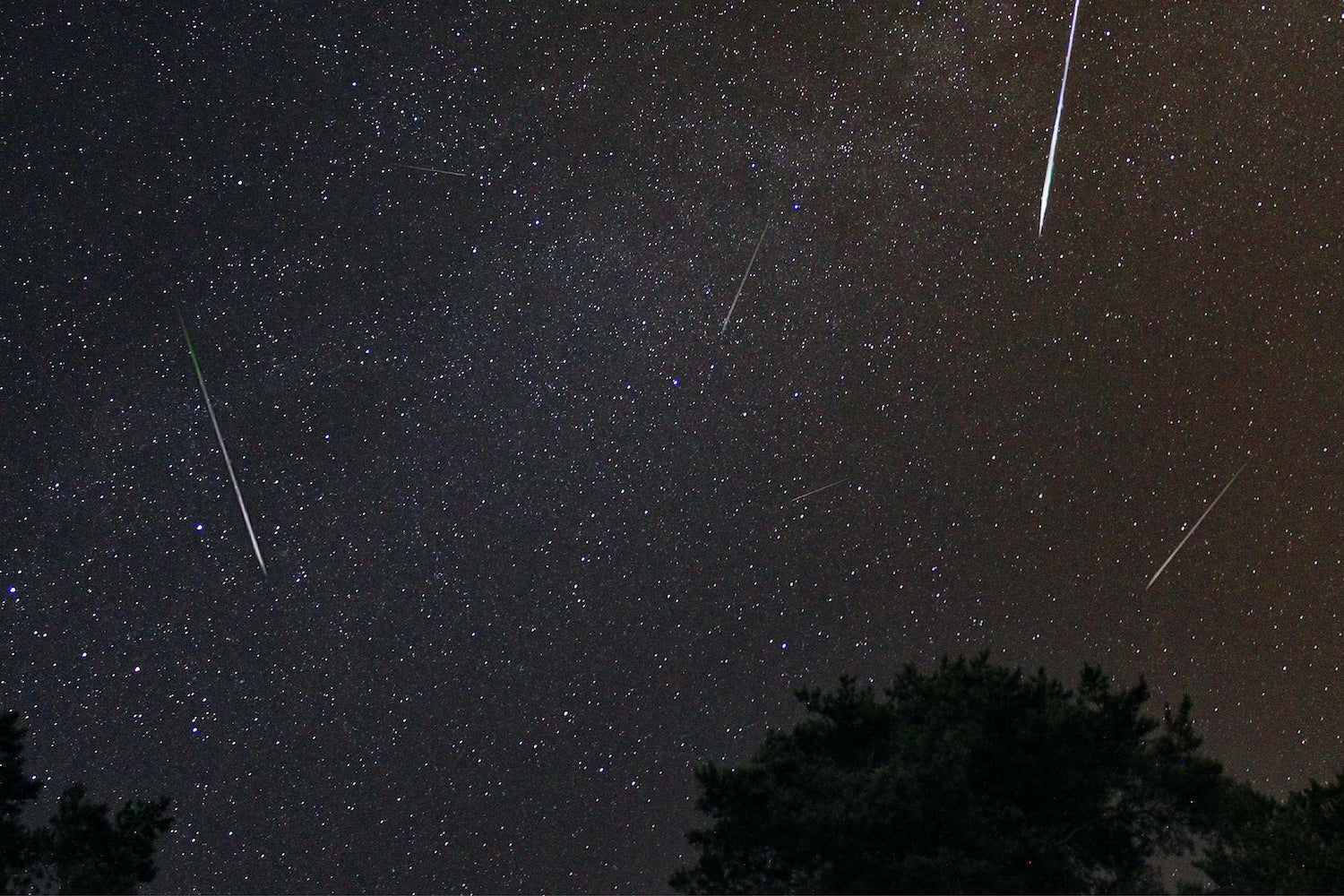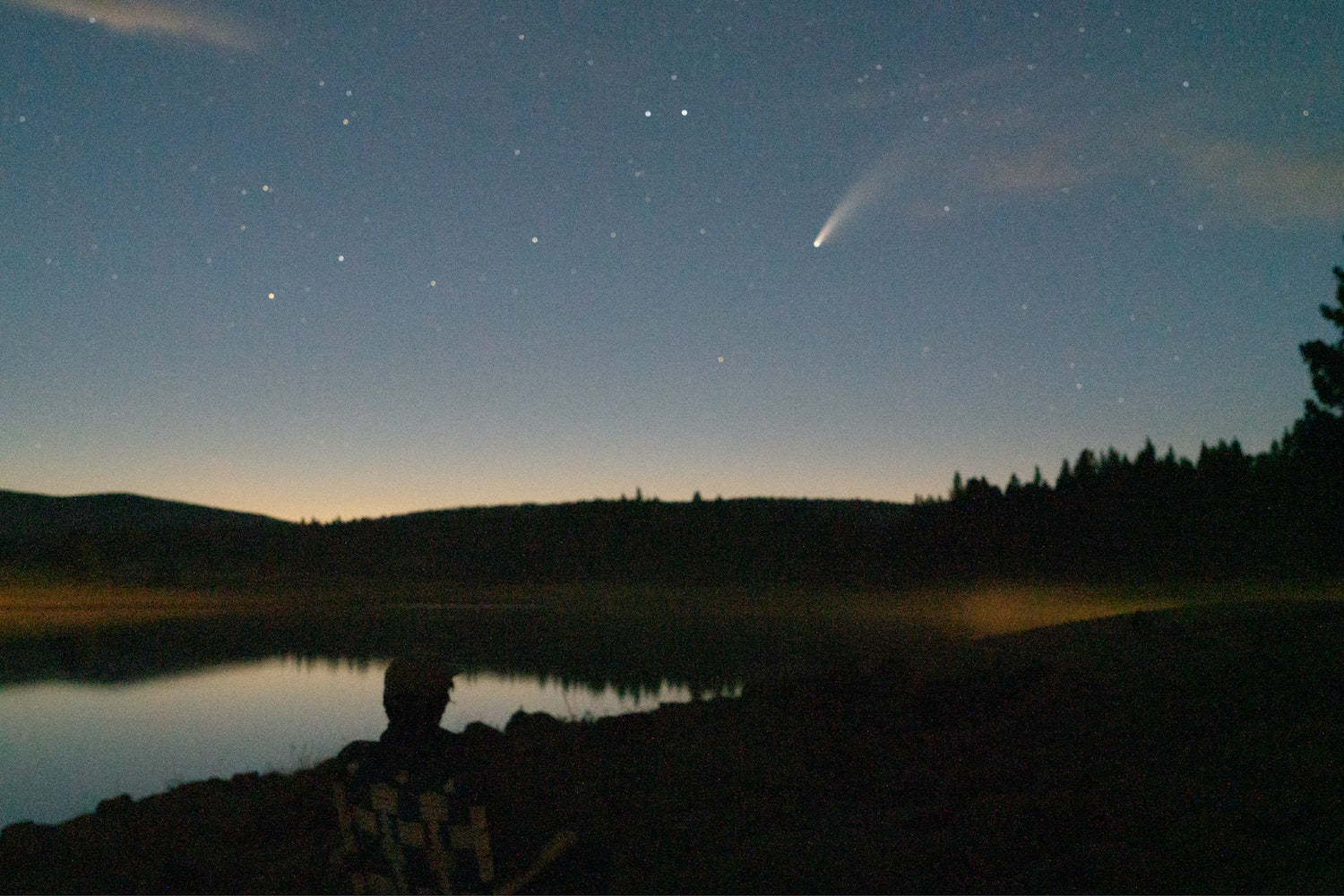One of the planets most famous meteor showers will soon take over the night sky and unleash up to 75 meteors every hour!
The Perseids peak on the night of August 11-12, making for another incredible celestial event for our enjoyment in 2020. Here's what you need to know about the Perseids, how to see them and the best places to PARKIT and enjoy the show.
What are the Perseids?
The Perseids are one of the northern hemisphere's greatest celestial displays of the year. The Meteor shower will peak this Tuesday evening and will streak through the night sky announcing its annual return. But, what are they, exactly? We've got the answers: the Perseids are dust and debris from the Comet Swift-Tuttle, AccuWeather explains.
"Perseids are not only numerous, but they are also beautiful. Most of the meteors leave a glittering trail as they pass," AccuWeather Astronomy Blogger Dave Samuhel said. "They are multi-colored and many are bright."
One of the elements that make the Perseids one of the best metour showers of the year has to do with the fact that it occurs in the summertime. The summer weather brings about night-time temperatures that are rather pleasant and make for a wonderful time with friends as we watch the fireballs fly!
When are the Perseids in 2020?
The Perseid Meteor Shower will peak overnight on Tuesday and continue into the pre-dawn hours of Wednesday
The best time to view is between 11 p.m. Tuesday and 1 a.m. Wednesday. That's the darkest time of the night before the moon rises. Once the moon rises, some of the smaller meteors will be harder to see but the big, multi-color fireballs will be visible throughout the early morning hours.
For those with earlier bedtimes, a few shooting stars will be visible around 9 p.m. local time, depending on how far along the sunset is in your specific area.

How do I watch the Perseids?
The Perseids can be seen by the naked eye and are much easier to see than the Comet Neowise. Meteors will be visible all over the sky, so don't worry about looking in a specific direction. Just look up!
If weather conditions are not favorable in your area, NASA will stream the show on Facebook live from Marshall Space Flight Center in Huntsville, Alabama.
Here are a few of PARKIT's tips for watching this years show:
- Check the latest forecast. If patchy clouds are expected, prepare to be patient and wait for breaks. Clouds will shield our view of the upper atmosphere so clear skies are a must for optimal viewing!
- Find an area with low light pollution. If you live in a city, consider traveling to an area with less light.
- Kick back in your favorite outdoor chair to enjoy the show.
- Avoid looking at your phone and other light sources as this will mess with your eyes' ability to adjust to the darkness. Also, try to keep the moon out of your line of sight as best you can.
Where's the best place to watch the Perseids?
No matter where you reside in the Lower 48 states of the US, you'll have a chance to catch some of the meteors — weather permitting. There is no specific place in the sky to look, either. We advise finding a rather dark location, away from city light pollution, and allow your eyes to adjust. Once that's dialed in, simply look up and enjoy the show!





